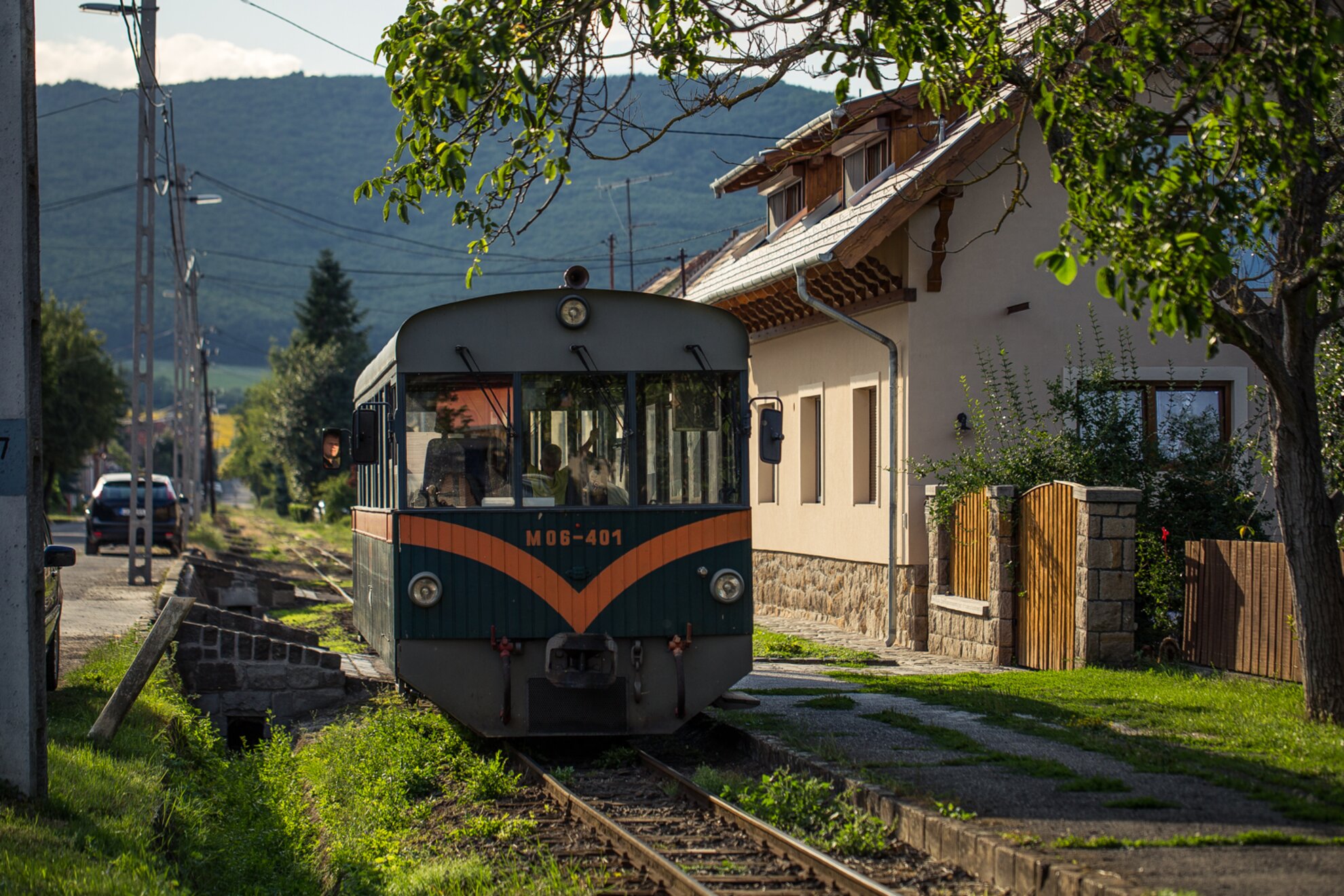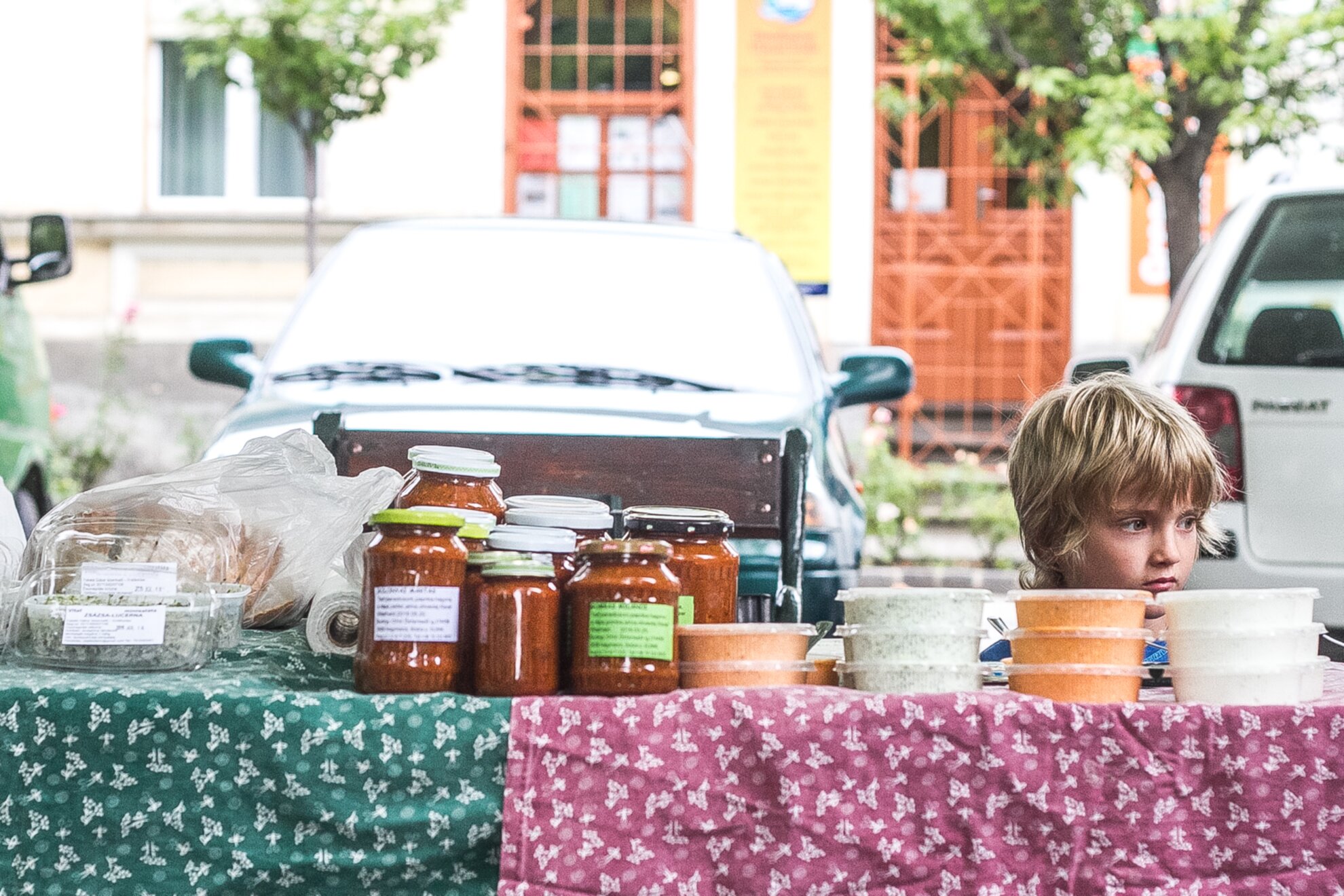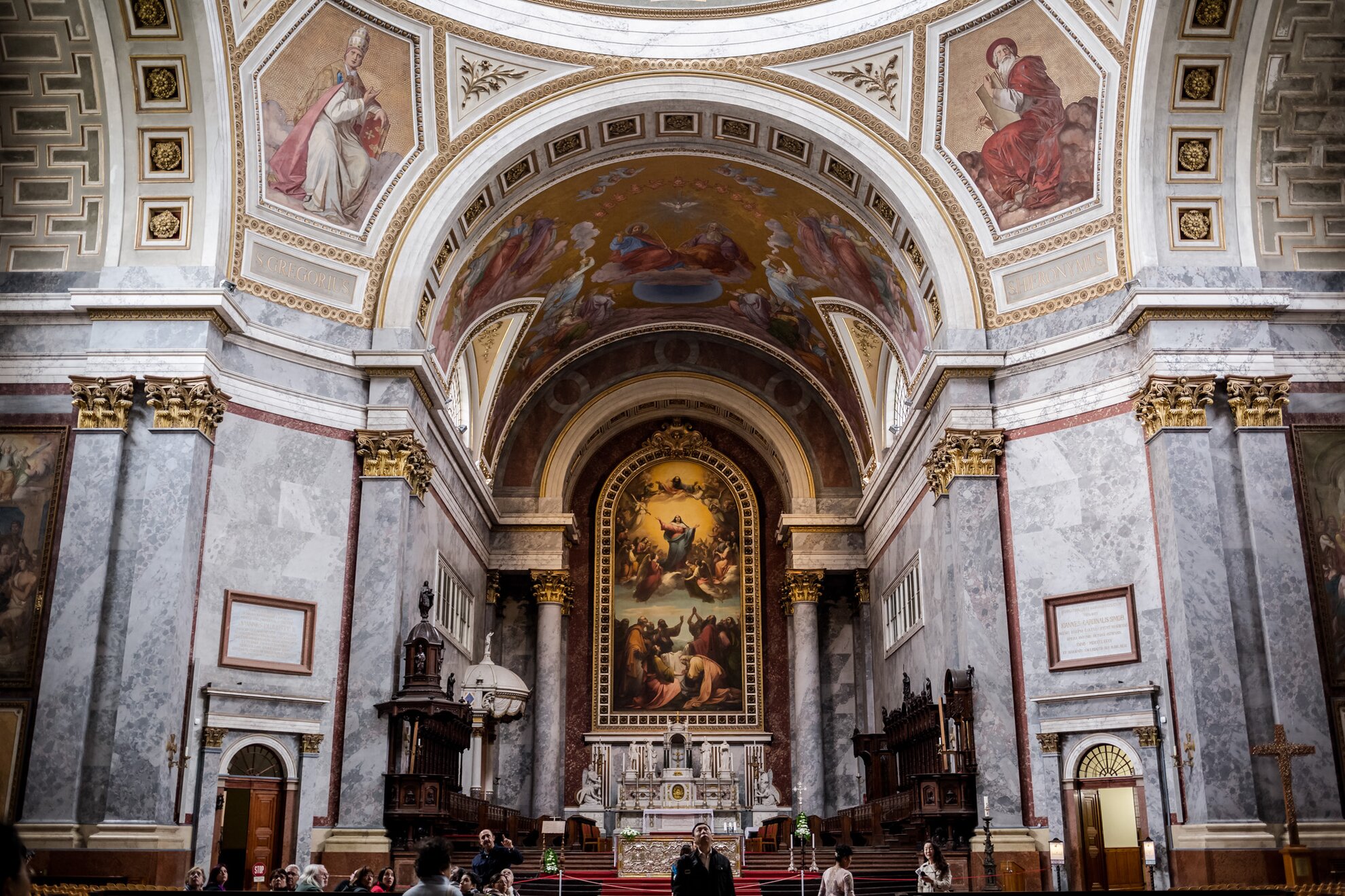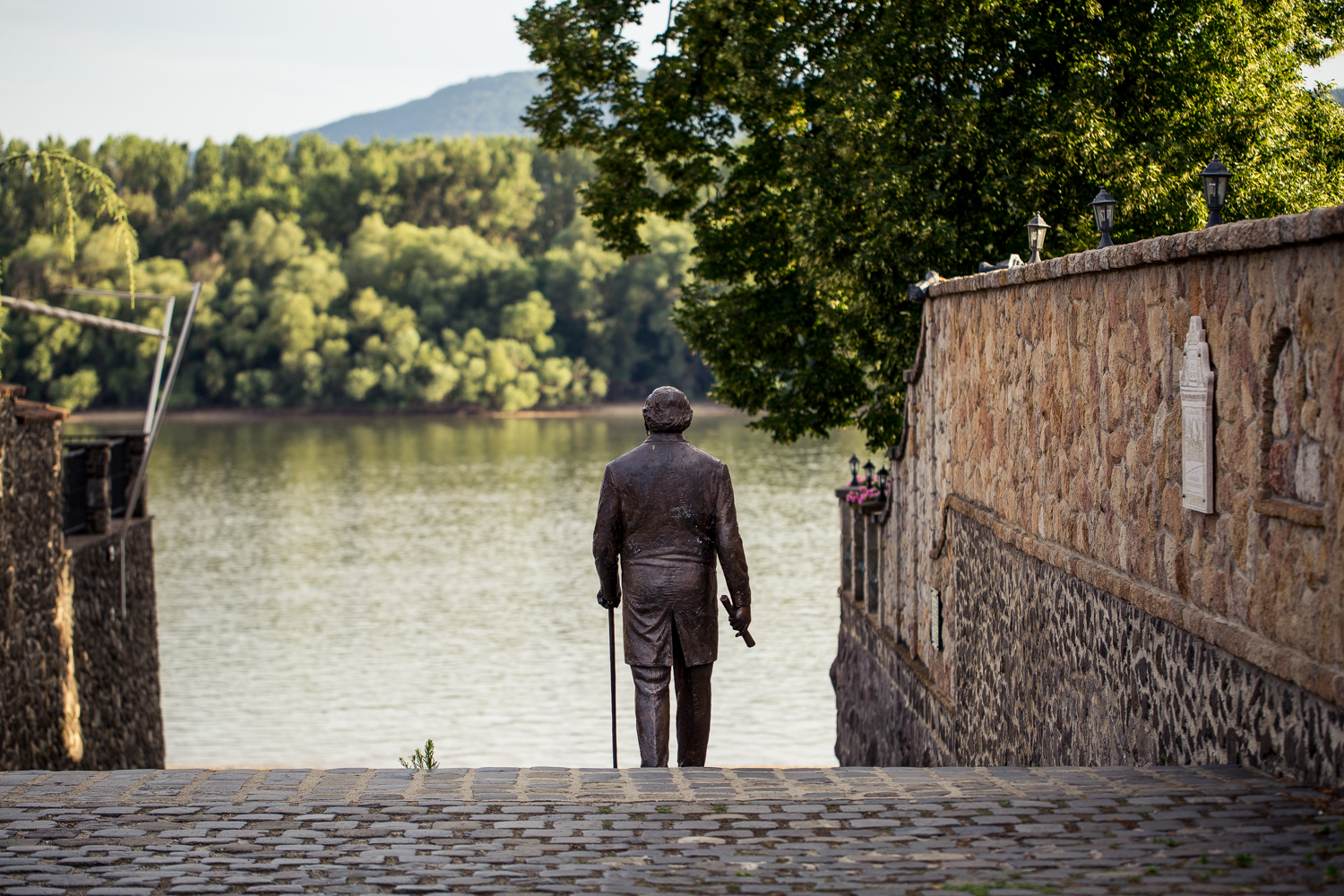With a long holiday weekend ahead of us, maybe it’s time to explore the attractions of the Danube Bend, an easy hop from Budapest by boat, bus, train or car. Here’s an example itinerary that takes in the lesser-known destinations of Kismaros and Nagymaros, and the historic ones of Visegrád and Esztergom.
Everything is close at hand in this part of the Danube Bend – and thanks to the hourly boat crossing between Nagymaros and Visegrád, you can stay on one side of the river and easily visit the other. Many lodgings are booked up for the long weekend but this article should help you find what you’re looking for.
FRIDAY

If you’re travelling as a family, the little ones will love the narrow-gauge train that cuts through the forest from Kismaros to Királyrét. Usually only operating at weekends when running to its winter timetable, this heritage rail will be running to a special holiday schedule over the long weekend.

To reach Kismaros from Budapest, regular trains run every hour from Nyugati station, journey time 40 minutes. Near the main station and right by the terminus of the vintage-rail route, the Patak Vendéglő on Szokolyai út is a solid choice for dinner. Catfish cooked in butter, and wild boar, are among the choices on the current special menu that changes fortnightly.
SATURDAY

The next morning, head for the weekly Nagymaros producers’ market, set up around the town’s main square, Fő tér. Once stallholders start to pack away from noon onwards, you can stroll past the chestnut trees down to the Danube and the harbour. There, the hourly ferry across to Visegrád is still running, though only for foot passengers due to low water levels.
Once you reached Visegrád, head up to the Royal Palace, a short climb up from the riverbank. Grand and fortified in medieval times, this former royal residence was a ruin when excavations began in 1934. Now open to the public, it is partly reconstructed, giving a sense of the medieval court that was set up here in 1323.

Further up, Visegrád Citadel remains in a state of reconstruction but its view is unparalleled. It was here in the 1300s that one of Europe’s earliest round-table peace conferences took place. Aided by copious amounts of wine, Charles I of Hungary and his Bohemian and Polish counterparts agreed an alliance that is echoed today in the looser one of Hungary, Poland, Slovakia and the Czech Republic. The so-called Visegrád Four still co-operates on cultural, economic and energy matters.
Back down at the riverbank, the Renaissance Restaurant is a reliable option for dinner – bring an appetite for the King Mátyás platter for two to four people, or there’s deer sirloin, wild boar ragout and baked trout. The restaurant also runs a hotel in town.
SUNDAY

An hourly bus from Visegrád to Esztergom takes 45 minutes to wind 25 kilometres round the Danube Bend – there’s no direct train connection, although you can head directly back to Budapest from Esztergom in an hour or so by bus or train.

You can start the day by exploring Esztergom’s historic centre and the city’s key sight, the Basilica. This iconic landmark occupies a hallowed place in Hungarian history as the nation’s first king, Stephen I, is thought to have been crowned here, on Christmas Day, 1000. Hungary’s largest church – largest building, in fact – is a stately 19th-century rebuild of the original medieval cathedral. Close by, the Primás Pince is a handy spot for lunch, perhaps slow-roasted mangalica, a Hungarian pork speciality.
Relax for the rest of your stay at the Aquasziget water park, a pool and spa complex on Primás island, open until 8pm on Sundays.




